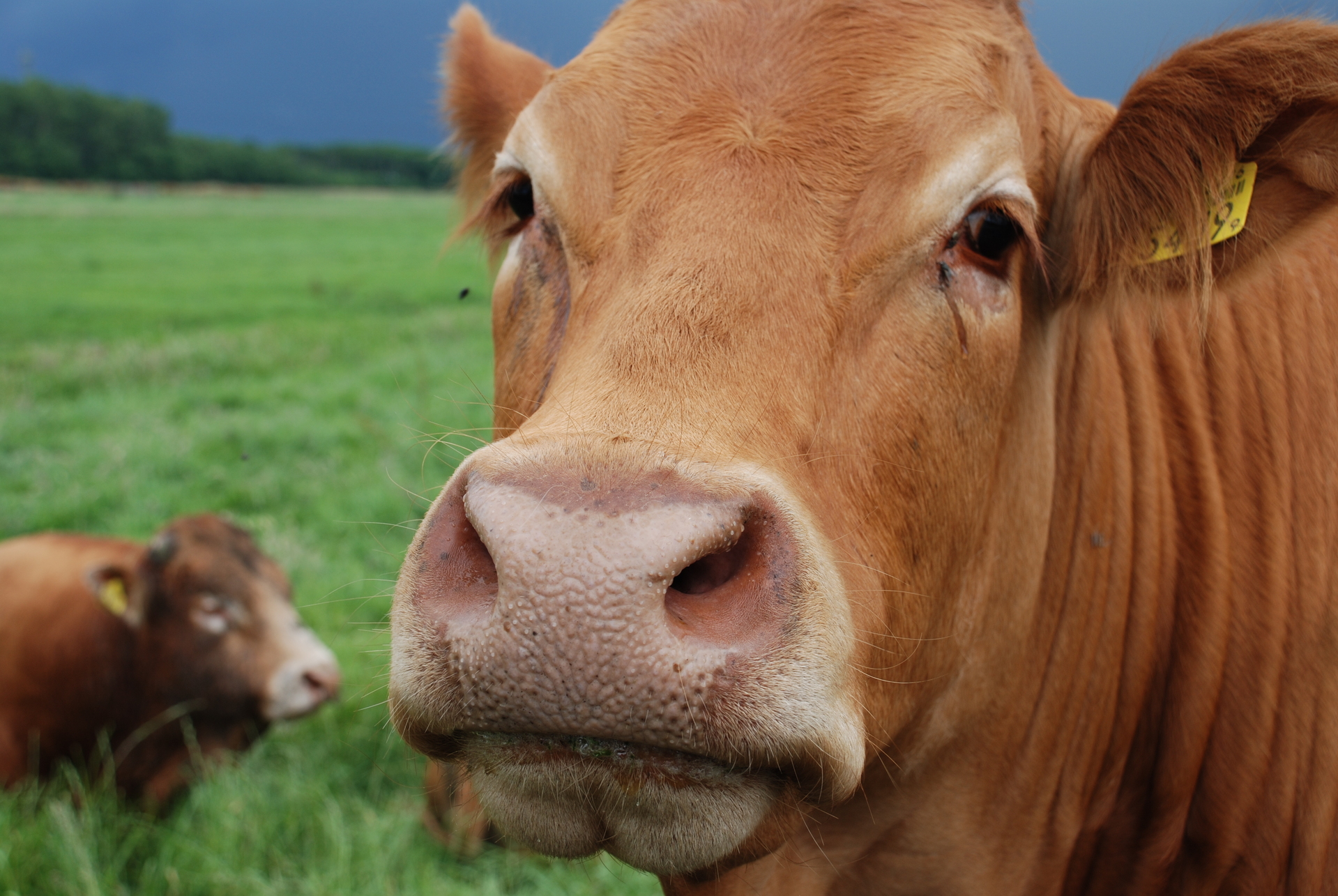Virtual Water Use

Last week we talked about direct water use (water used to shower, make coffee, water the lawn/plant, etc.) that shows up on your bill. Have you ever thought about the water that is used for you? This “virtual” or indirect water is the amount of water that goes into the other aspects of your life: water used for food, material items, fuel and even electricity. This use doesn’t show up on the monthly bill so most don’t give it a second thought. But there’s a surprising amount of water that goes into everyday tasks, which dramatically impacts our water footprint.
Many of us think about fossil fuels for energy use, but not water. Power plants use water to create steam, which generates energy. We use a lot of energy, which means 41% of all water use went to power generation at a total of 133 billion gallons a day. Fuel for transportation isn’t much better–the U.S. uses up to 2 billion gallons of water a day to refine gasoline products; totaling 3-6 gallons of water used for every 1 gallon of gas (amount depends on fuel type).
Food production uses a lot of water, especially as related to meat. On average, a vegetarian/vegan diet uses half the virtual water as a meat eater. Why? Crops need to be irrigated, the crops grown are fed to animals, animals drink water, and the entire process (crop to your plate) uses a lot of transportation. A cup of coffee actually requires 34 gallons of water to ‘make’, while a serving of beef takes over 650 gallons to get to the table! Generally speaking, eating more plants/less meat reduces water use. Locally grown items use less transportation which also reduces water, making your neighbor’s chicken egg more water efficient than your Columbian coffee.
All of those ‘things’ we buy use water too—growing cotton is water-intensive as is manufacturing, making a common t-shirt/jeans outfit worth ~3,000 gallons of water. Automobiles contains many different materials, so it requires even more—14,000-22,000 gallons each.
We all need to eat and be clothed, so water will always need to be used, but virtual water use demonstrates how important it is to recycle, use active transportation, and eat a healthy diet.
Wondering what your water footprint is? Check out this fun calculator and associated resources, to see where you can have the most impact.
